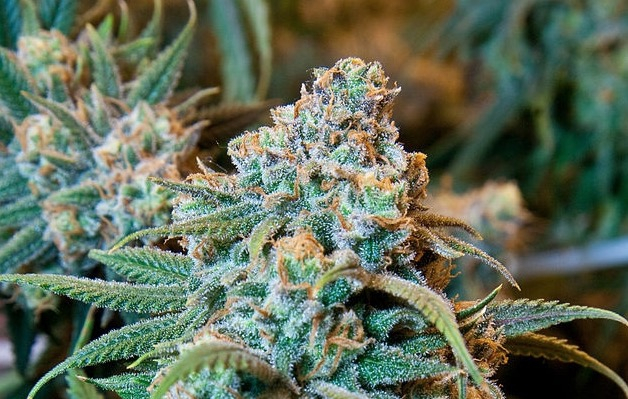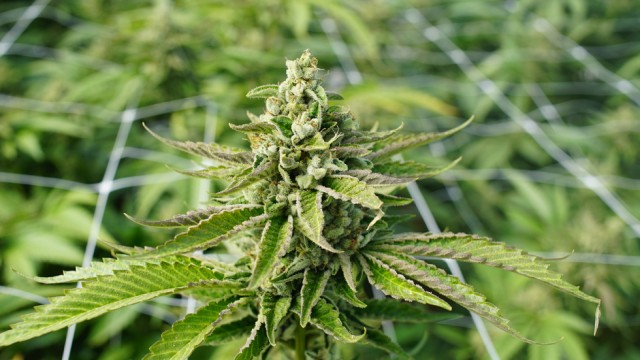This stoner holiday may be a good time to stay off the roads.
April 20 has been deemed a counterculture celebration of marijuana, during which marijuana enthusiasts synchronize mass consumption of the drug at 4:20 p.m., but it may have the unintended effect of leading to more deadly traffic accidents, a new study found.
There have been 1.3 million drivers involved in 882,483 crashes causing 978,328 fatalities in the 25 years since the concept of “4/20” (whose origins are debated) was first publicized in a magazine in 1992. The risk of a fatal crash was “significantly higher” on April 20 after 4:20 pm compared to identical time periods on other days, according to the study, which was conducted by two Canadian doctors.
The observed 12% increase in crashes was comparable to the increase that occurs each year on Superbowl Sunday, which is known for causing drunk driving fatalities.
“Policy makers may wish to consider these risks when liberalizing marijuana laws, paying particular attention to regulatory and enforcement strategies to curtail drugged driving,” the researchers wrote.
Marijuana sales spike each year leading up to 4/20 and on the day itself, according to cannabis market research firm Headset, which called it “the most anticipated day in the cannabis industry.” Total sales in Colorado and Washington, where the drug is legal, totaled more than $15 million on April 20, 2017 compared to around $6 million on other Thursdays around the same time.
Despite the data showing driving under the influence of marijuana causes more traffic fatalities, legalization of the drug will actually make people on the road safer, said Tom Angell, founder of pro-legalization group the Marijuana Majority.
“When we end marijuana prohibition, it frees up police officers’ time and resources so that they are not distracted chasing down people for possessing marijuana, and they can focus more on keeping impaired drivers off the road,” he said.But regulating driving under the influence of marijuana is more difficult than regulating drunk driving, he noted, because measuring the amount of THC — the active component of marijuana — in a driver’s blood is not an accurate way to assess a driver’s level of impairment. THC can remain at detectable levels in users’ blood long after use and unlike alcohol, it affects users differently based on their frequency of use.
“There is no concentration of THC that would allow us to predict impairment among drivers,” Jake Nelson, director of traffic safety advocacy and research at AAA previously told MarketWatch.
The legal marijuana industry is projected to generate $40 billion in economic impact by 2021, a report released in January by the Arcview Market Research firm found. That would be roughly a 150% increase in economic output from the $16 billion cannabis generated in 2017. More than 30 states are expected to have legalized medical and/or recreational marijuana by 2021.
credit:marketwatch.com













